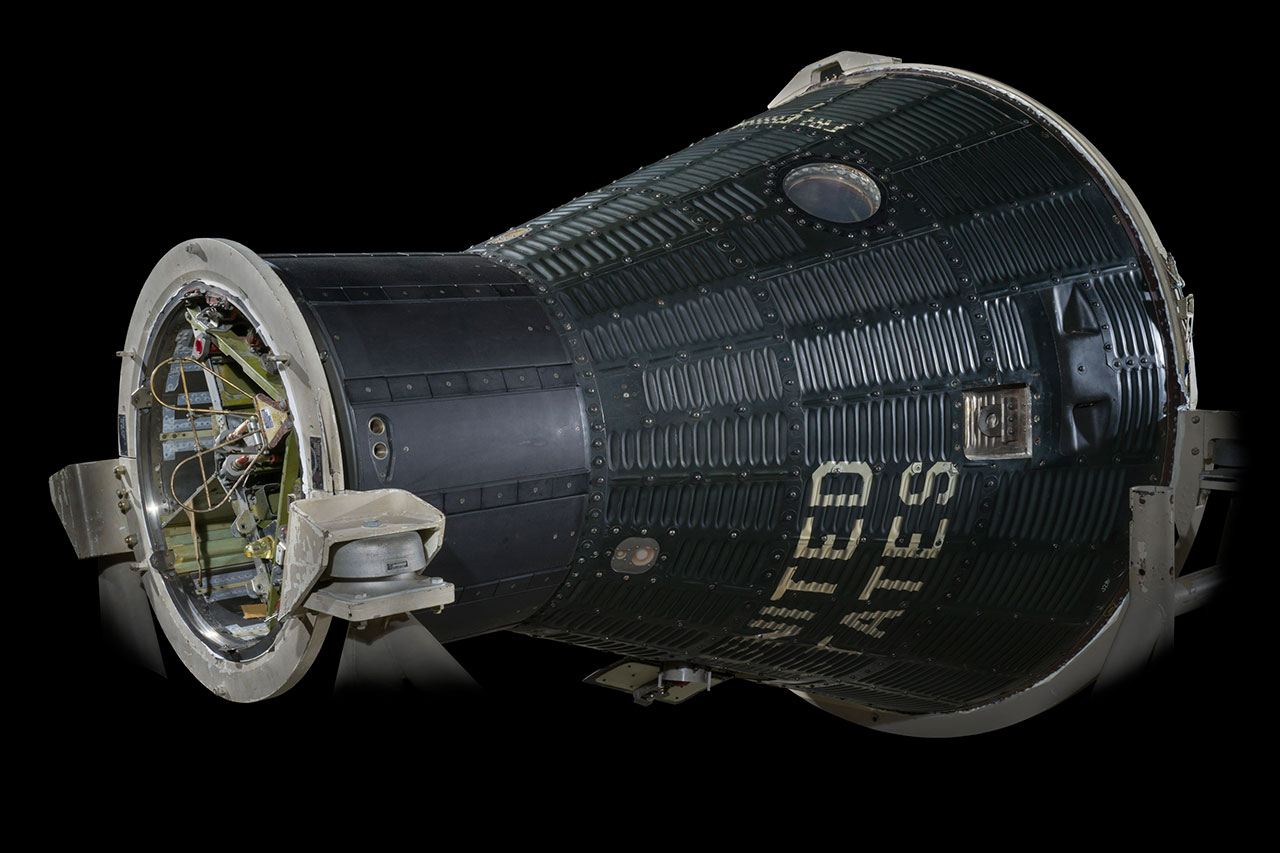SpaceX Dragon 'Freedom' named for 1st American astronaut's ride into space

SpaceX's next new spacecraft to carry astronauts into orbit shares a name with the first capsule to fly an American into space more than 60 years ago.
Crew Dragon "Freedom" will make its debut with the launch of SpaceX's Crew-4 mision, which includes NASA astronauts Kjell Lindgren, Bob Hines and Jessica Watkins, as well as European Space Agency (ESA) astronaut Samantha Cristoforetti. Lindgren, who is the mission's commander, revealed the name on Wednesday (March 23).
"FREEDOM!! Crew-4 will fly to the International Space Station in a new Dragon capsule named 'Freedom,'" Lindgren posted on Twitter. "The name celebrates a fundamental human right, and the industry and innovation that emanate from the unencumbered human spirit."
SpaceX: Facts about Elon Musk's private spaceflight company

The name also borrows from U.S. spaceflight history, Lindgren said.
"Through the Commercial Crew Program, NASA and SpaceX have restored a national capability and we honor the ingenuity and hard work of those involved. Alan Shepard flew on Freedom 7 at the dawn of human spaceflight. We are honored to bring Freedom to a new generation!" he said.
One of the original Mercury 7 astronauts, Shepard lifted off on May 5, 1961 aboard NASA's Mercury-Redstone 3 suborbital mission. He chose "Freedom" for his spacecraft's name in light of the Cold War space race between the United States and then-Soviet Union. (The "7" was due to the capsule being the seventh off the factory line, though when asked by the press, Shepard later agreed that it was a symbol of camaraderie with his six other Mercury astronauts.)
Breaking space news, the latest updates on rocket launches, skywatching events and more!
Today, "Freedom 7" is in the care of the Smithsonian's National Air and Space Museum, which plans on displaying the capsule in its new "Destination Moon" gallery when it opens later this year. The museum also has the unflown Mercury spacecraft that Shepard unofficially named "Freedom 7 II" in a failed bid to get a second Mercury mission.
"Freedom," the SpaceX spacecraft, marks the second time a crew has looked to NASA's past to name their new vehicle. The first Dragon to launch astronauts to the International Space Station was named "Endeavour" after the Demo-2 crew's shared first ride to space.
"We both had our first flights on [space] shuttle Endeavour, and it just meant so much to us to carry on that name. So that is what we decided to go with," said Doug Hurley, who with Bob Benkhen revealed the name about three hours after they reached orbit aboard "Endeavour" in May 2020.
"Endeavour" was also the name of the Apollo 15 command module that orbited the moon during the fourth lunar landing mission in 1971.
The second Crew Dragon, which was first flown by SpaceX's Crew-1, was named "Resilience" as a tribute to the NASA and SpaceX teams who worked through the height of the Covid-19 pandemic to keep the mission moving forward.

Crew Dragon "Endurance," which is now at the space station, was named by the members of Crew-3 for a variety of reasons, including the tenacity of the human spirit as space exploration efforts push in new directions and the name's historical connection to Ernest Shackleton's 1914 expedition to cross Antarctica. Shackleton's "Endurance," which was recently discovered on the seafloor, was trapped in ice and its crew endured months of hardship before being rescued.
After being assembled at SpaceX's facilities in Hawthorne, California, "Freedom" was delivered this month to NASA's Kennedy Space Center in Florida, where it will soon undergo final preparations for the launch of Crew-4 to the space station.
"My whole career, 'The Sound of Freedom' was defined by jet noise. Starting April 19th, it's going to be even better," Hines, Crew-4 pilot, wrote on Twitter. "We have named our spacecraft Freedom, in honor of the freedoms we hold so dear. Tune in on April 19th to listen to the Sound of Freedom as Crew-4 launches to ISS!"
Follow collectSPACE.com on Facebook and on Twitter at @collectSPACE. Copyright 2022 collectSPACE.com. All rights reserved.

Robert Pearlman is a space historian, journalist and the founder and editor of collectSPACE.com, a daily news publication and community devoted to space history with a particular focus on how and where space exploration intersects with pop culture. Pearlman is also a contributing writer for Space.com and co-author of "Space Stations: The Art, Science, and Reality of Working in Space” published by Smithsonian Books in 2018.
In 2009, he was inducted into the U.S. Space Camp Hall of Fame in Huntsville, Alabama. In 2021, he was honored by the American Astronautical Society with the Ordway Award for Sustained Excellence in Spaceflight History. In 2023, the National Space Club Florida Committee recognized Pearlman with the Kolcum News and Communications Award for excellence in telling the space story along the Space Coast and throughout the world.

